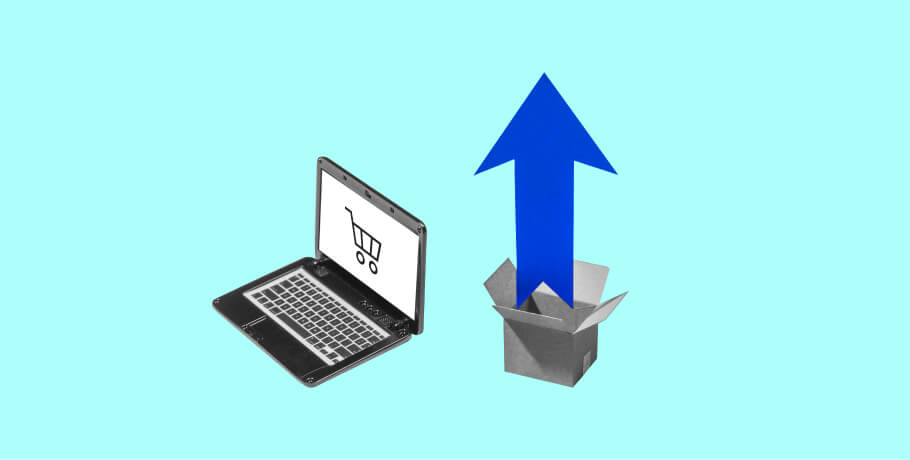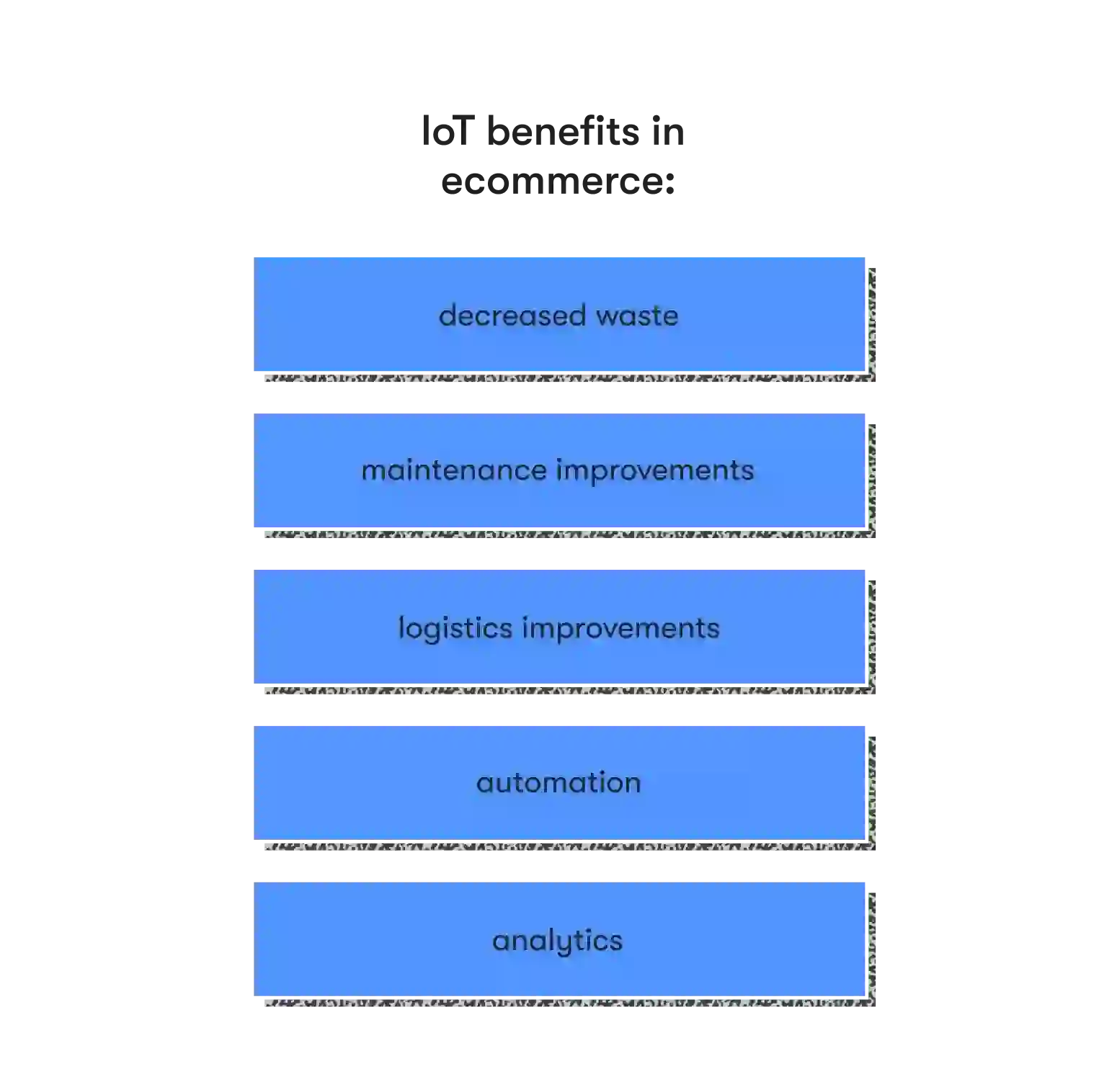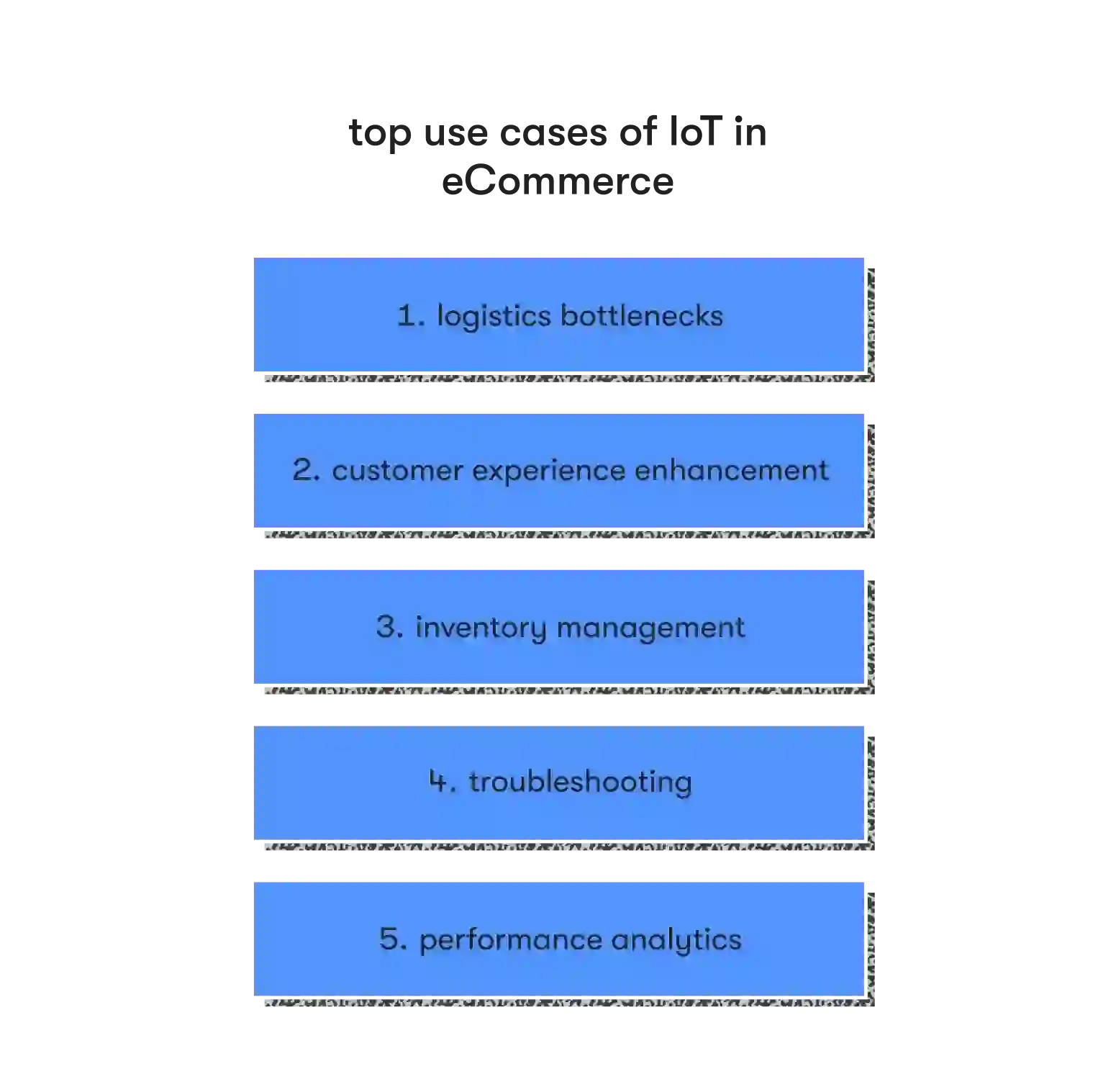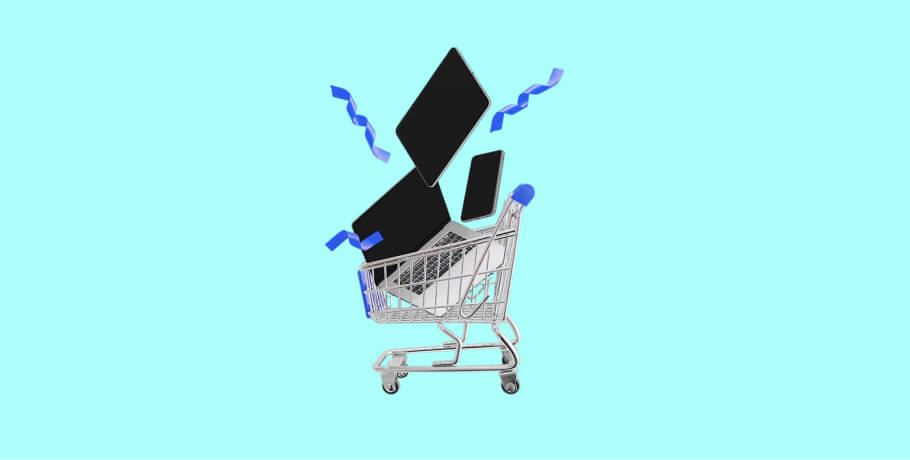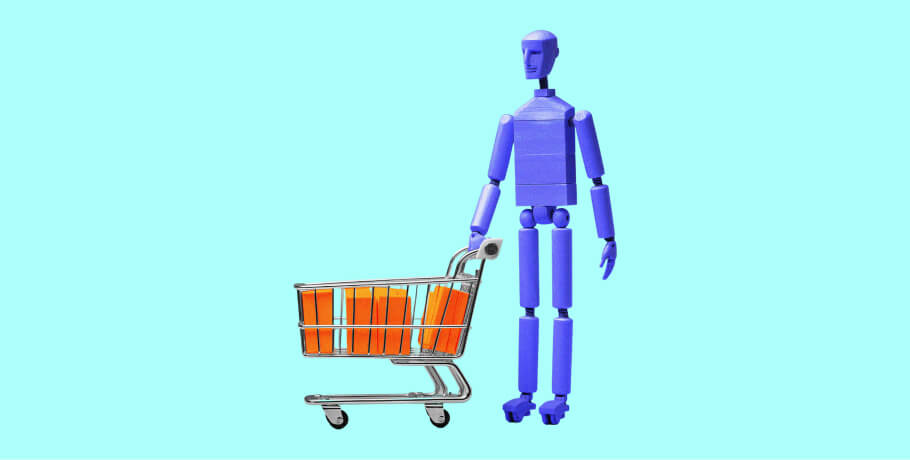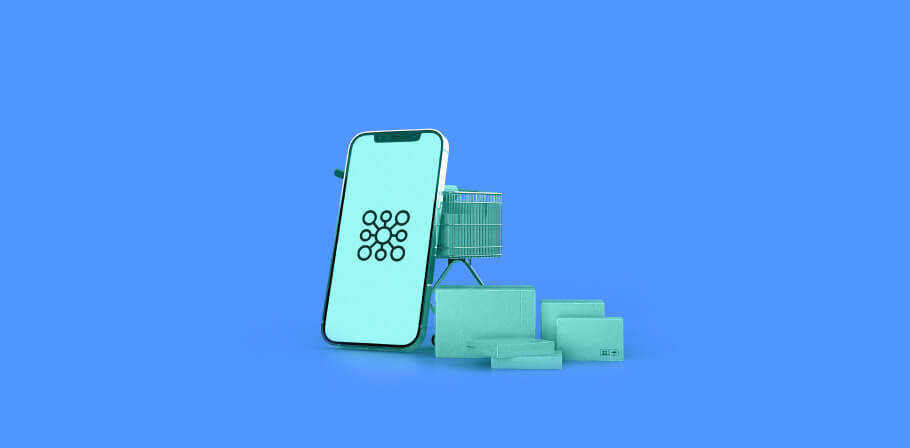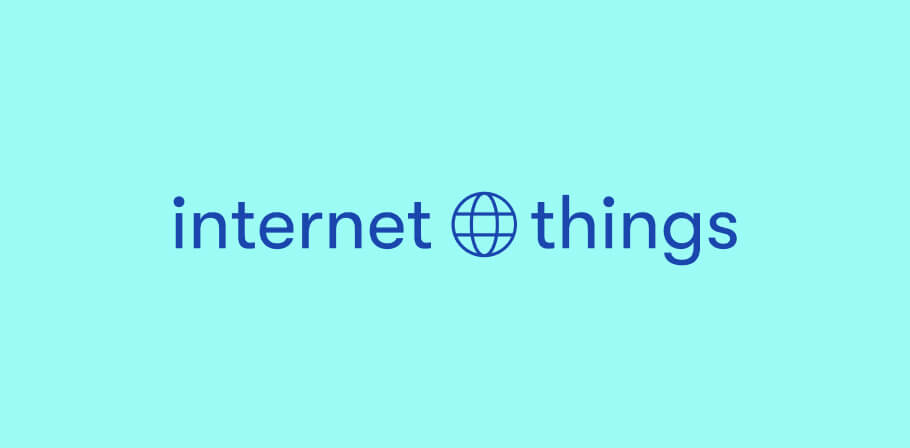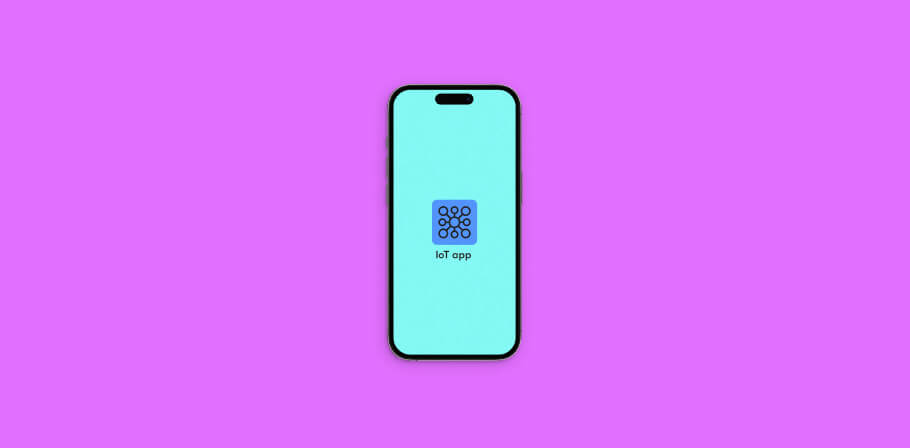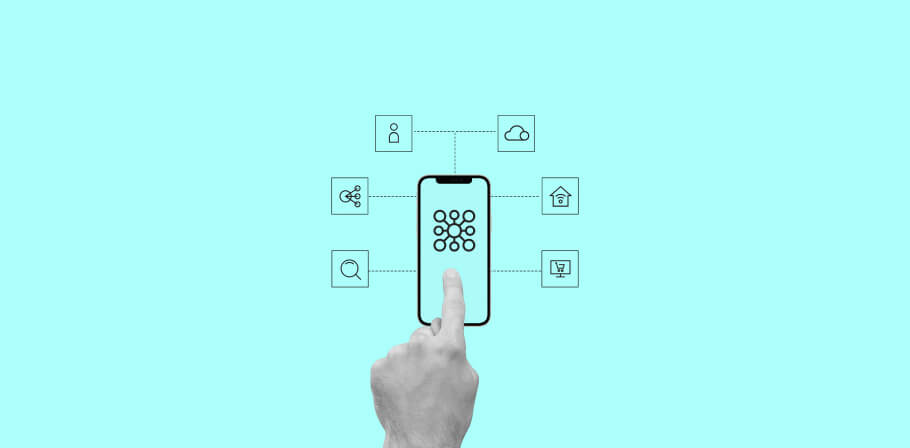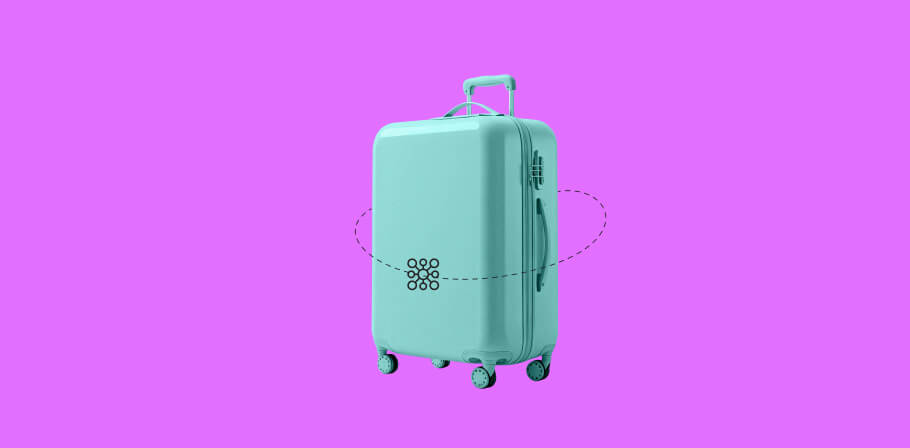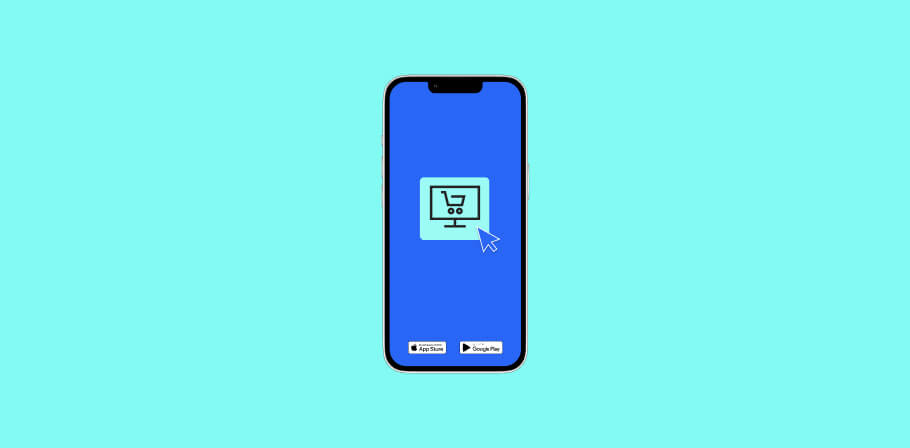The Internet of things (IoT) has long been a booming field. It has affected many industries, from tourism to healthcare to logistics. And everywhere this effect has been positive: lower expenses, better customer experience, additional reliable data, etc. In this article, we’ll show the power of IoT in eсommerce, how it can help you grow your ecommerce business, its benefits, use cases, and some of large corporations that use it.
How IoT Helps Sell “Impossible” Things Online?
In 2021, eCommerce sales in the U.S. increased by 14.2%, which is far less than the nearly 40% growth in 2020 but still an impressive figure. Brick-and-mortar stores, on the other hand, showed an 18.5% sales growth. In part, this was due to people’s preferences (e.g. liking the in-person shopping experience), but also because goods like meat, dairy, flowers, and medical supplies are considered “impossible” to sell online.
Facts say otherwise. About 18% of Internet users bought flowers and gift sets online, 62% of shoppers order groceries on the Internet at least occasionally, and hospitals do a large share of restocking online.
So what has changed?
Smart devices became more prevalent. In the case of flowers and perishable goods, they made tracking storage conditions easier, leading to a sharp increase in the quality of the delivered items. In the case of medical supplies, smart devices ensured the consistency of the supply chain, making the goods’ source and condition reliable.
Struggling with a seemingly impossible case? Maybe you need some IoT help. Schedule a free consultation with our development experts
5 Benefits of IoT for eCommerce Profitability
eCommerce and IoT were seemingly made for each other, given the benefits connected devices bring.

Decreased waste
Brands that decrease the amount of unsold products could potentially save millions of dollars. IoT lets them do just that by eliminating human error, assisting with decision-making, and providing precise analytics. This is especially pertinent to companies that deal in perishable goods. Using cost-effective eCommerce software development services would further help you optimize your company’s budget.
Maintenance improvements
Connected devices can signal when they are in need of a once-over or a replacement part. This leads to smoother operations, not to mention another decrease in expenses — it is easier to fix the problem before it gets critical. IoT used in such a way can boost ROI by 500%, especially in the long term.
Logistics improvements
See where each order is going, how quickly it’s being delivered, and whether there are any problems while in transit. When used for streamlining logistics, the Internet of Things in eCommerce helps gain more information to make better decisions and increase profitability.
Automation
With the right application of IoT, you can automate many of the routine operations, including receiving/shipping/reordering goods, charging payments, preparing orders, etc. And you can do it at a fraction of the price that using human labor would cost.
Analytics
By tracking the right data and using it for informed decision-making, businesses can gain valuable insights into consumer behavior, predict online shopping trends, optimize their spending, and more. IoT connected devices act as reliable sensors, gathering that data 24/7.
Top Use Cases of IoT in eCommerce
There are certain areas where IoT and e-Commerce bring the best results.
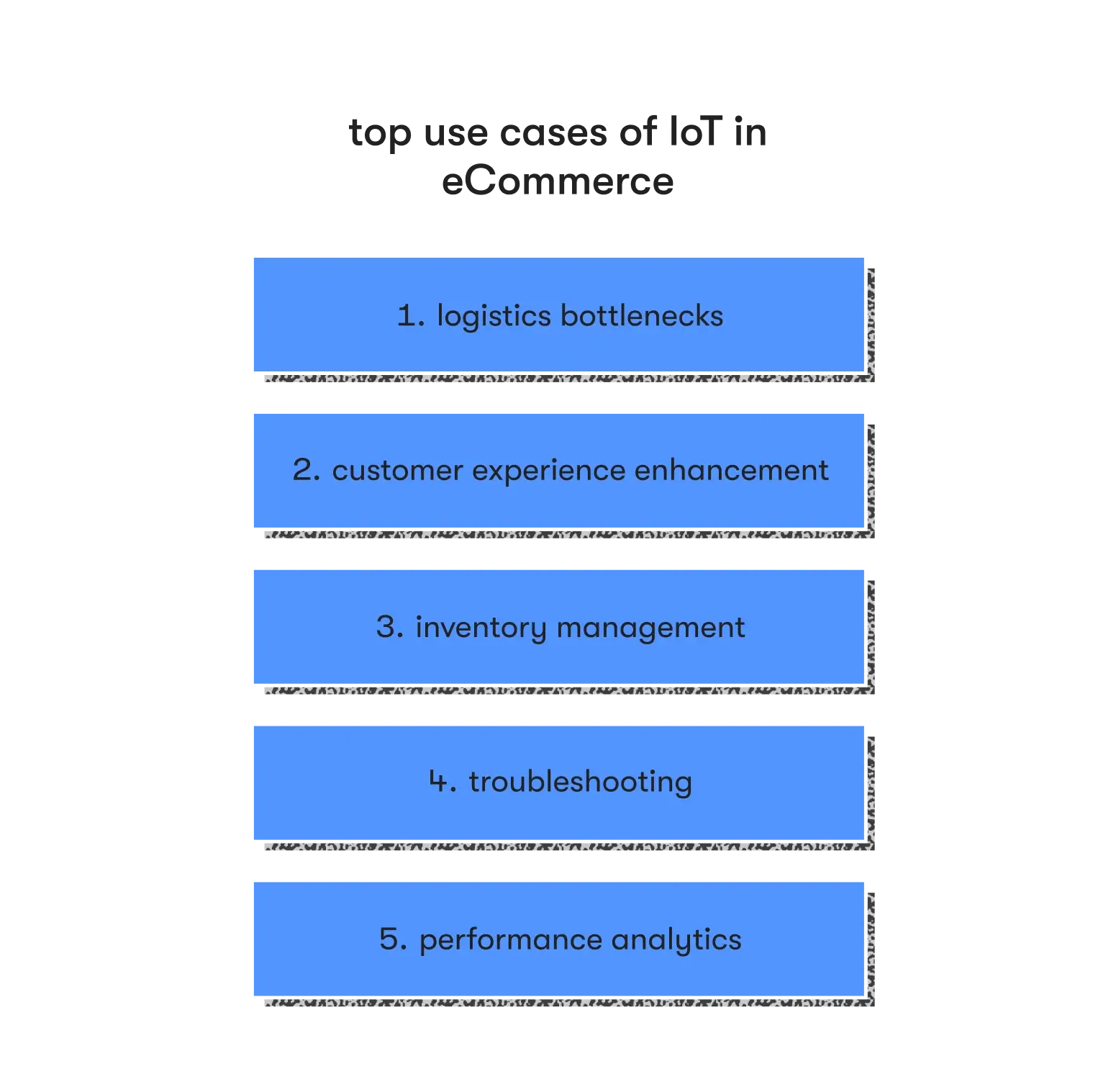
Logistics bottlenecks
IoT helps avoid jams, literal or otherwise. GPS trackers can detect tough traffic and offer better routes. And inventory management systems are able to predict shopping trends and help avoid overstocking.
Customer experience enhancement
The IoT-based approach allows for a much more personal customer experience and enhanced ecommerce design. On the one hand, smart devices can track users’ activities and make recommendations based on them. For a personalized example, if a person regularly changes smartphones, offering them earbuds, cables, and mobile app subscriptions would be met with interest, not resentment.
On the other hand, they can gather group data and provide insights that could help the company serve this group better. One example here would be if smart devices highlight how people in a certain neighborhood purchase more baby formula — in a few years they will be interested in school supplies.
Personalized experiences have been proven to increase revenue, so their impact shouldn’t be ignored.
It can even help your customers should you decide to branch out into brick-and-mortar — like using automated checkouts, for example.
Inventory management
By using IoT sensors and RFID (radio frequency identification) chips, retailers are able to track their stock in real-time. Whenever items are shipped, just one swipe is enough to update the number in the database. The same occurs with incoming orders. With IoT, inventory systems can work smoother than ever. Read also our article about IoT in retail.
Troubleshooting
One of the most prominent applications of the Internet of Things in eCommerce is using it to find and eliminate various issues: missing shipments, cart abandonment rate, return rate, low engagement, etc. This is done by gathering and analyzing data, improving customer experience, strengthening supply chain management, and more.
Performance Analytics
By monitoring the inflow and outflow of goods, driving patterns, customer location, and other statistics, companies can see whether the departments meet their KPIs and notice when there is a lag for some reason.
Well-known Companies Using the Internet of Things in eCommerce
Major brands are quick to adopt IoT in commerce. Here are some of the most prominent examples:
Amazon
The digital commerce megacorporation employs many Internet of Things application developers and is both a major player in the IoT market and a major user of connected devices.
Their warehouses use internet-connected robots to stack shelves and retrieve products that customers have ordered. Their Amazon Go system helps people bypass the checkout by automatically billing their mobile phone accounts. Finally, their Amazon Dash quick order buttons, while ultimately canceled, enabled automatic purchasing.
And that’s not even counting the major role Amazon Web Services plays, as many unrelated companies use it to manage their IoT activities.
All in all, Amazon is definitely someone to look up to when it comes to smart devices' adoption.
Microsoft
Microsoft commonly uses IoT devices to monitor and manage the shipping and delivery of their Surface, Xbox, and related products. They check the merchandise and help eliminate damage to the goods and delivery delays by tracking the changing ambient conditions of each shipment, including shock, light, and temperature. The parameters can be predefined before the goods get sent on their way. If the threshold is exceeded, the system shows a notification so that the problem could be dealt with quickly.
Rolls Royce
In the B2B sector, Rolls Royce is known for powerful airplane and ship engines. They are complex, expensive, and very stringently controlled — any problem could cost lives. To make its products more maintenance-friendly, RR is using IoT sensors and big data analytics that monitor the state of each engine and warn the operators when there is a risk of mechanical problems. Predictive maintenance allows their customers to save millions of dollars each year.
H&M
The popular clothing brand is also among the examples of IoT applications in eCommerce. Like Amazon, they use robots at their warehouses to speed up shipping and order processing. But they’ve deployed more exotic uses for this eCommerce technology.
For example, to promote sustainable development, they gathered used clothing, weighed it on connected scales, and uploaded the results to the donor’s personal cloud account. That donor could then see their contributions online, along with information on H&M’s eco-friendly efforts.
Another interesting case is the brand’s unique blockchain/IoT-based clothing rental service, where people could quickly and easily rent out items from a specific collection and exchange them for other items from the same collection later.
Possible Challenges of IoT in eCommerce
There are certain risks that those who want to integrate Internet of Things and eCommerce need to be aware of.
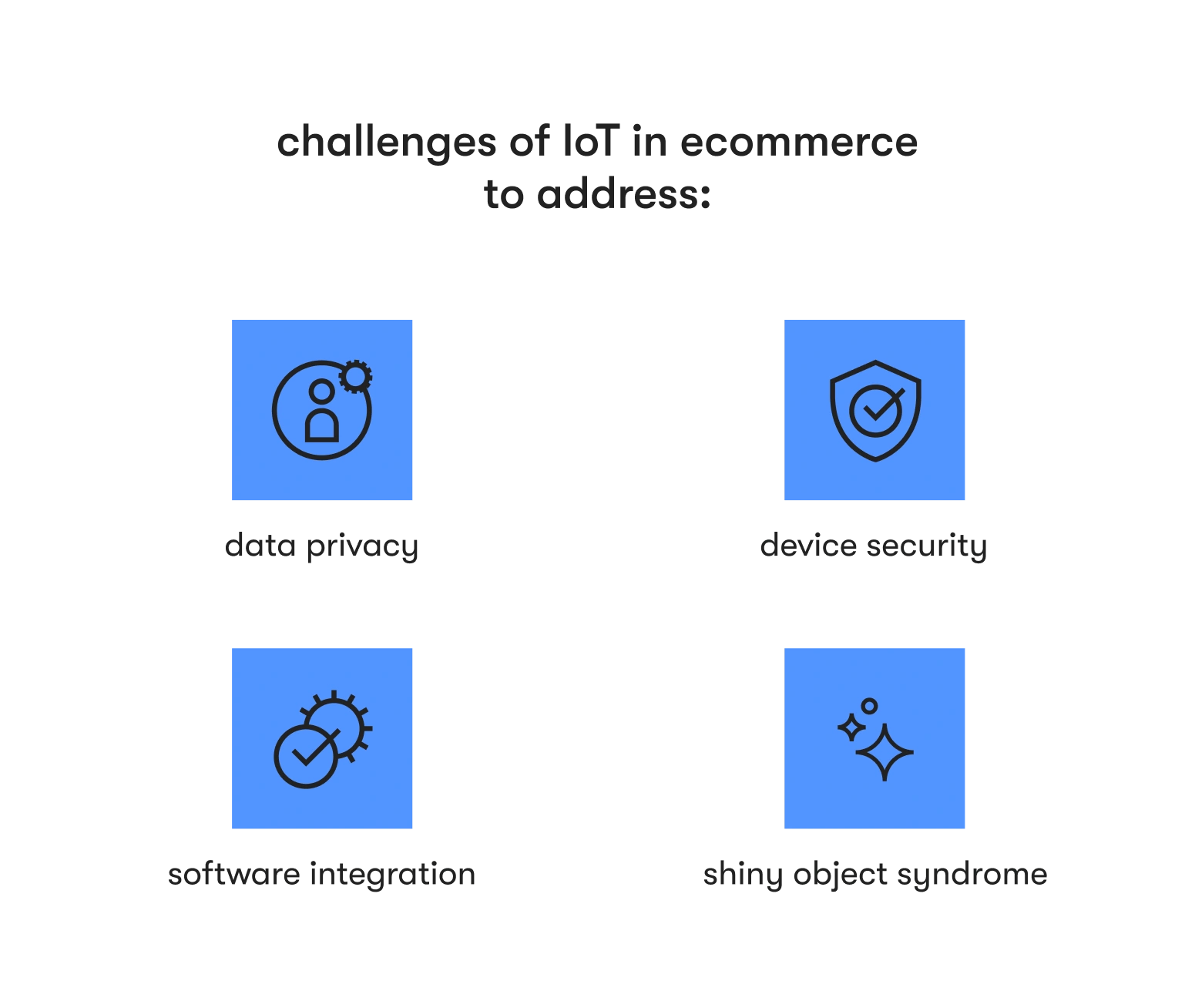
Data privacy
When it comes to gathering personalized information, it is of utmost importance that you make the process as transparent and fair as possible. Otherwise, you risk alienating customers and opening yourself up to lawsuits and fines.
There are two components to it: regulatory compliance and user communication. At a minimum, both must be up to par.
Device security
Connected devices themselves can be vulnerable to attacks and exploitation. For example, a smart fridge from Samsung could be made to share an owner’s email credentials. And IoT botnets like Mirai and Reaper have made the news exactly because the “zombie” devices were easy to infect. Taking care of the IoT hardware you use is important to prevent your system from being hijacked.
Software integration
In the Internet of Things, hardware is only a part of a larger whole. You also need specialized software to control the devices and analyze the information they provide: ERP systems, inventory management software, predictive systems, etc. Not many companies have the capabilities to do so in-house, so eCommerce web development services are in demand.
Shiny object syndrome
IoT is a major trend, and if all the cool guys are doing it, so should you. This line of thinking often leads to disappointment and financial losses. Just like any other technology, the Internet of Things is a tool. First determine the problem you need solved and the criteria for the solution — then you’ll be able to make use of the technology to its fullest.
This is especially important if you plan to build an eCommerce app.
Our clients’ gains with EPAM Startups & SMBs IoT solutions in eCommerce
The people at EPAM Startups & SMBs are experts in helping their customers get all the benefits of IoT. This is why EPAM Startups & SMBs is at the top of the list of providers when a company needs to create an IoT app.
For example, a Dutch branch of Tele2, a telecom operator, increased their order volume by 15% and their website traffic by 20% thanks to eCommerce innovations brought by EPAM Startups & SMBs. And Wiley boosted their year-over-year revenue by 30% after we helped it massively improve its customer experience.
If you need expert advice on how to improve your eCommerce business with IoT, contact us for a free consultation
Key Takeaways
- IoT allows selling of “impossible” goods online, including perishables, flowers, and medical supplies.
- In eCommerce, the Internet of Things helps decrease waste, improves maintenance, streamlines logistics, automates routine tasks, and helps gather and analyze data.
- Typically, this technology is used to address logistics bottlenecks, improve customer experience, ease inventory management, conduct preventive maintenance, and analyze the company’s performance.
- IoT is used by major brands, including Microsoft, Amazon, H&M, and Rolls Royce.
- The implementation of this technology can be jeopardized by data privacy considerations, security of smart devices, requirements for complementary software, and so-called “shiny object syndrome,” when IoT is used because it is fashionable, not because it’s necessary.
- With EPAM Startups & SMBs, companies can realize the full benefits of connected devices in eCommerce.
FAQ

Expert digital communicator and editor providing insights and research-based guides for technology buyers globally.
Expert digital communicator and editor providing insights and research-based guides for technology buyers globally.
Explore our Editorial Policy to learn more about our standards for content creation.
read more

